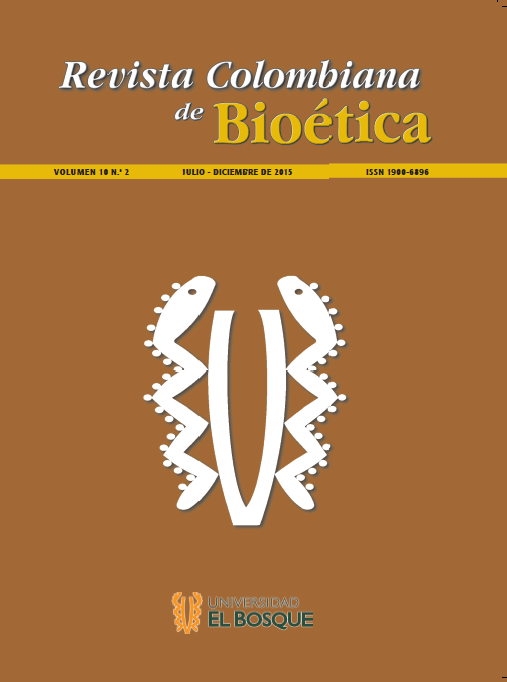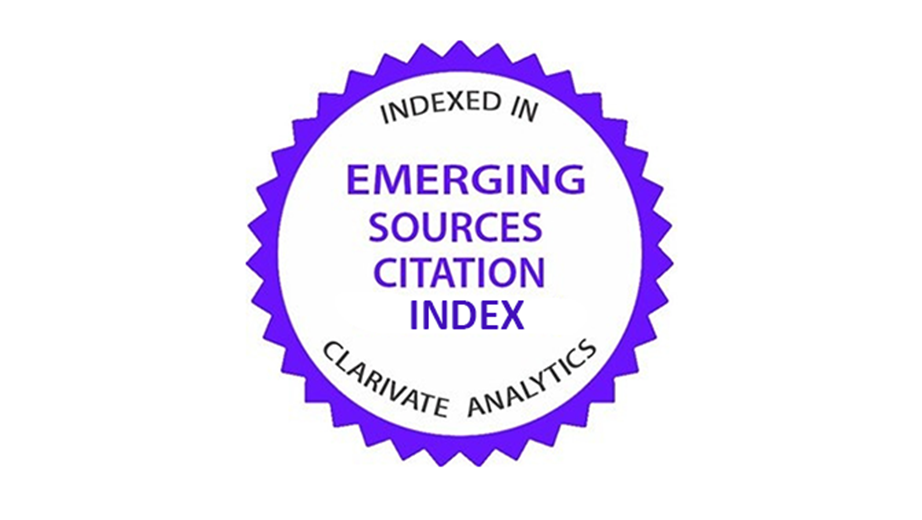From Carbon Chemistry to Silicon Chemistry: a Challenge for Bioethics
DOI:
https://doi.org/10.18270/rcb.v10i2.1770Keywords:
posthumanity, bioethics, DNA, biology, chemistry, electronics, artificial, development, science, technologyAbstract
In the XXI century scientific advances seem to come from a science fiction story. They are so many and varied that we need huge quantities of paper, or to be consistent, countless e-books, bits of information, zeros and ones that can be translated into language and understandable, to describe these advances, and we are still overwhelmed by new technologies. Alan Turing, in the twentieth century, published a famous article in which he defined an infinite capacity calculating machine that operated based on a set of logical instructions and thus laid the foundations of the modern concept of algorithms. This unmatched machine led the way in later years towards the so-called artificial intelligence.Scientific advances are not limited to changes in the genome, as it is also possible to improve the body, create spare parts, improve posture or make replacement of limbs, including brain chips, adding exoskeletons, with the possi-bility of enhancing the senses using electronic elements; There are many possibilities in a world moving rapidly, and Aristotle should seek correspondence between moral knowledge and technical expertise.As such this work intends to address the issue by analyzing the different positions we currently have on the con-cern generated by the development of science and technology in relation to future possibilities of human beings in their environment.
Downloads
References
2. HARAWAY, Donna. Manifiesto Cyborg: el sueño irónico de un lenguaje común para las mujeres en el circuito integrado. [PDF]. [Fecha de consulta 2 de abril de 2015]. Disponible en http://blogs.fad.unam.mx/asignatura/adriana_raggi/wp-content/uploads/2013/12/manifiesto-cyborg.pdf
3. HAUGELAND, John. La inteligencia artificial. Buenos Aires: Siglo XXI Editores, 2003. [En Línea]. [Fecha de consulta 28 de abril de 2005]. Disponible en http://books.google.es/books?hl=es&lr=&id=BcKGEg_HBvYC&oi=fnd&pg=PA4&dq=inteligencia+artificial&ots=foL-Fq3K8C&sig=VSev8ZYxL5ndQr5d84tCNf mvW1c#v=one page&q=inteligencia%20artificial&f=false.
4. HOTTOIS, Gilbert, Entre símbolos y Tecnociencias.Seyssel: Champ Vallon, 1996.
5. JONAS, Hans. Principio de responsabilidad. Barce-lona: Herder, 1995.
6. MARCUSE, Herbert. El Hombre Unidimiensional. Ensayo sobre la ideología de la sociedad industrial avanzada. Barcelona: Planeta, 1993.
7. PÉREZ, Mario y CAPARRINI, Fernando. «La biolo-gía como alternativa computacional». [PDF]. [Fecha de consulta 28 de abril de 2015]. Disponible en https://www.cs.us.es/~fsancho/ficheros/Cuba.pdf.
8. RODRÍGUEZ, Edna. «Posibilitar el futuro de la especie homo sapiens: una responsabilidad bioéti-ca». En Revista Colombiana de Bioética. Vol. 6 N.° 1, 2011. [En línea]. [Fecha de consulta 2 julio de 2015]. Disponible en http://www.bioeticaunbosque .edu.co/publicaciones/Revista/Revista12/art4.pdf
9. ROSE, Nikolas. Políticas de la Vida. Buenos Aires: UNIPE, 2012.
10.ZAMORA CALVO, José María. «Sophía y Phró-nesis en Aristóteles: Ética a Nicómaco VI, 7, 1141 a 8-1141 b 22» En Taula. Quaderns de pensament.Revista del departament de Filosofia de la Universitat de les Illes Balear. 2001, N.° 35-36, p. 38. [En línea]. [Fecha de consulta 2 de mayo de 2015]. Disponible en http://ibdigital.uib.cat/greenstone/collect/tau-laVolums/index/ass oc/ Taula_20/02v35_36.dir/Taula_2002v35_36.pdf#page=32
Downloads
Published
How to Cite
Issue
Section
License

Esta obra está bajo licencia internacional Creative Commons Reconocimiento-NoComercial-SinObrasDerivadas 4.0.















